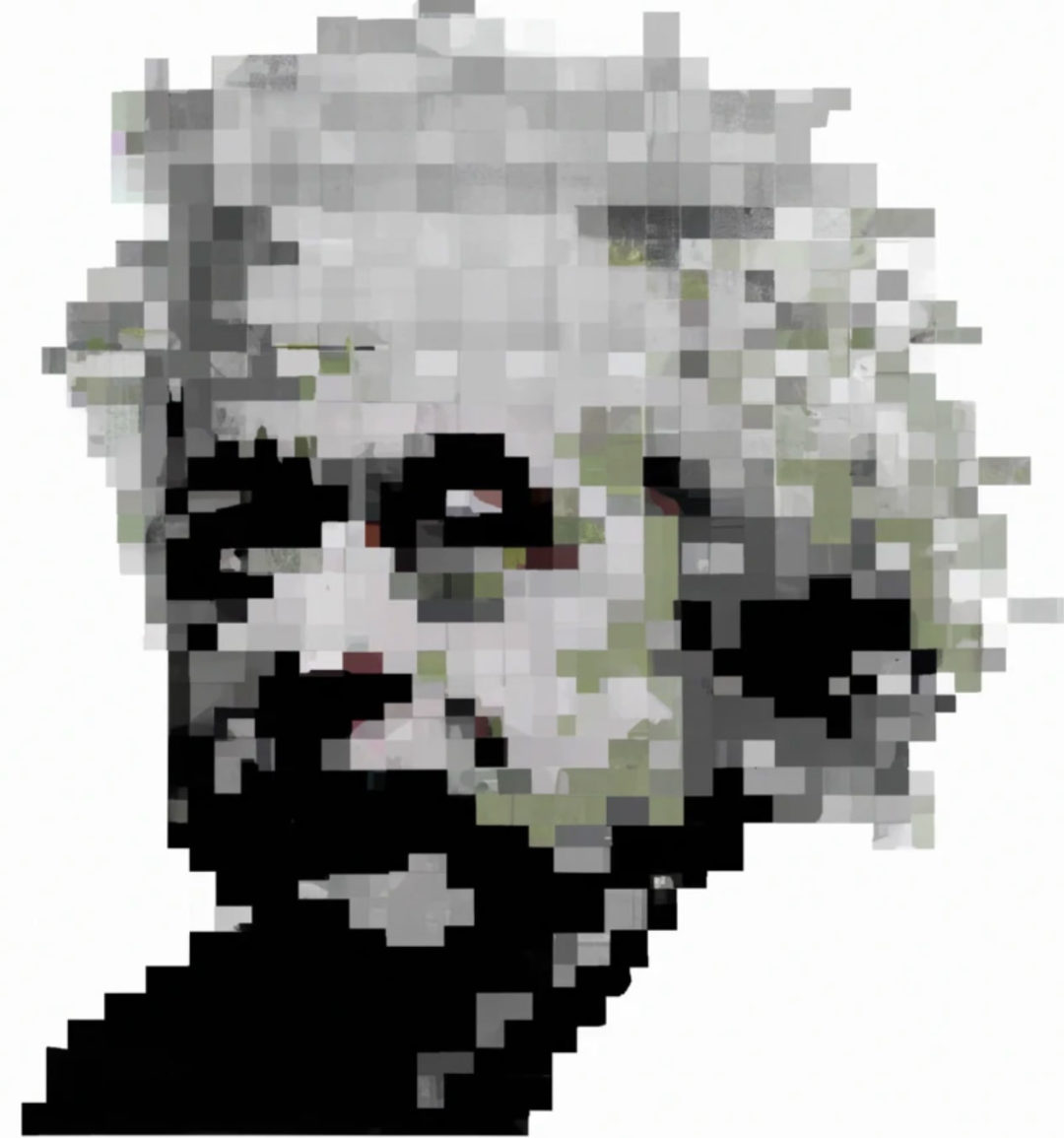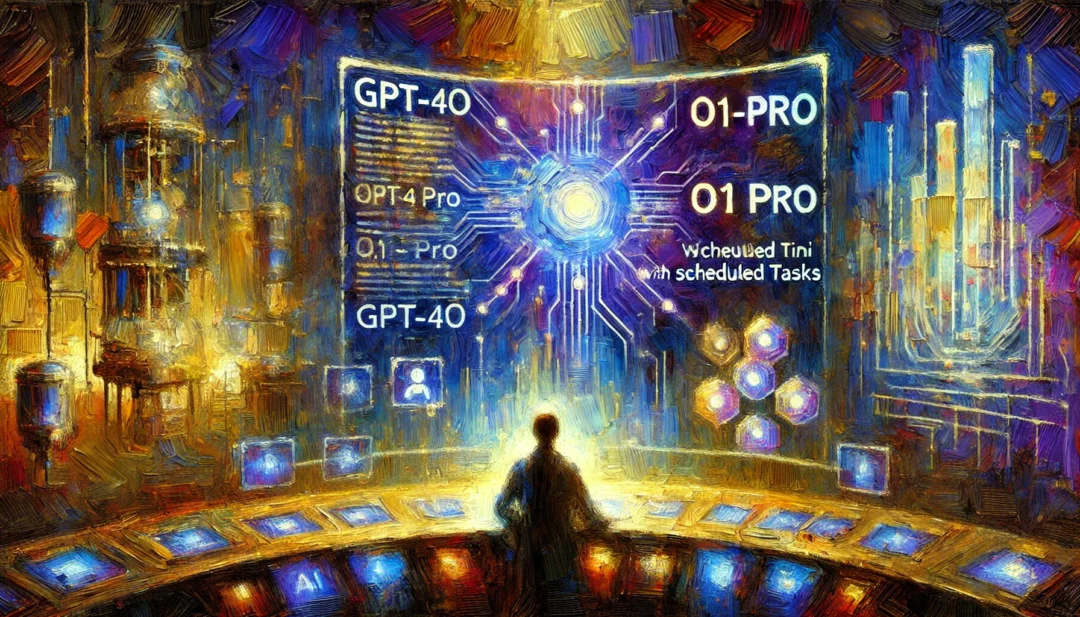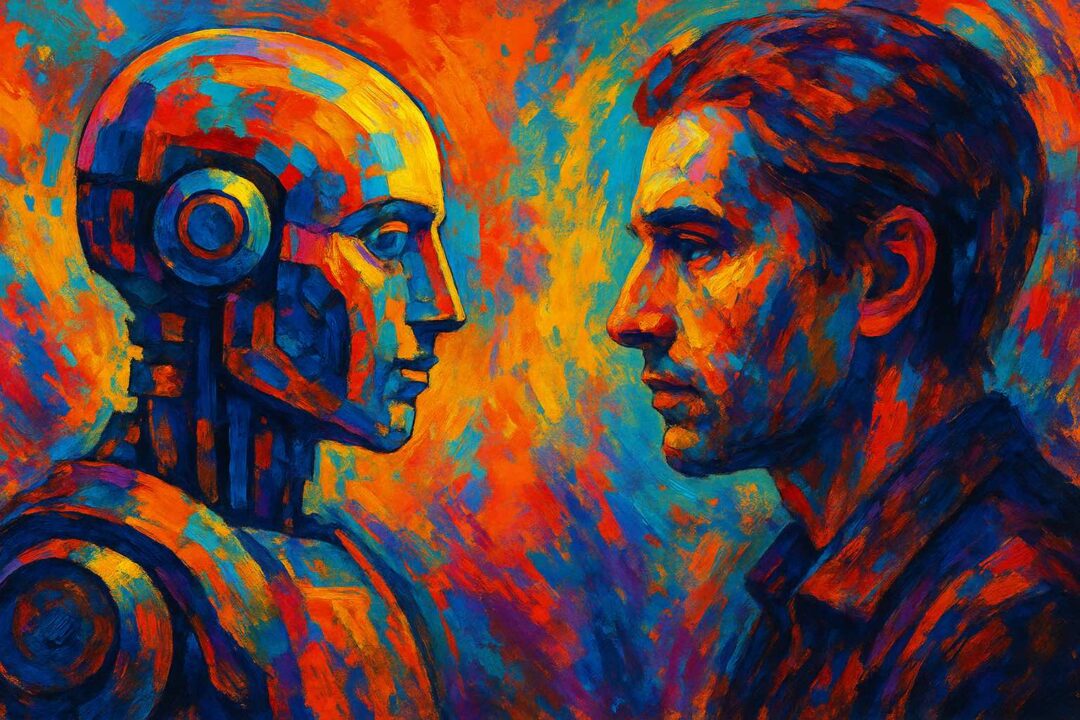A large language model and a general pre-trained transformer both refer to advanced machine learning models based on the transformer architecture. However, they have some differences in their focus and application.
- Large Language Model: A large language model, like OpenAI’s GPT (Generative Pre-trained Transformer) series, is specifically designed and trained for natural language processing tasks. These models are trained on vast amounts of text data and are capable of generating human-like text, understanding context, and answering questions. They can be fine-tuned for specific tasks like translation, summarization, or sentiment analysis. Examples of large language models include GPT-3, GPT-4, BERT, and RoBERTa.
- General Pre-trained Transformer: A general pre-trained transformer is a more broad term for models based on the transformer architecture. While these models can also be used for natural language processing tasks, they can be applied to a wider range of problems, including computer vision, speech recognition, and reinforcement learning. These models are pre-trained on large datasets and can be fine-tuned for specific tasks. Examples of general pre-trained transformers include ViT (Vision Transformer) for computer vision tasks and Conformer models for speech recognition tasks.
The main difference between a large language model and a general pre-trained transformer is their focus and application. Large language models are specifically designed for natural language processing tasks, while general pre-trained transformers can be applied to a wider range of problems beyond language processing.
Is OpenAI’s ChatGPT a Large Language Model?
Yes, OpenAI’s ChatGPT is a large language model. It is based on the GPT (Generative Pre-trained Transformer) architecture, which is specifically designed for natural language processing tasks. ChatGPT is trained on vast amounts of text data and is capable of generating human-like text, understanding context, and answering questions. It can be used for various applications, such as conversation, translation, summarization, and more.
ChatGPT is a fine-tuned version of the base GPT model to make it more suitable for generating conversational responses. Examples of GPT models include GPT-2, GPT-3, and GPT-4.
What other General Pre-trained Transformers exist?
In addition to the large language models mentioned earlier, there are several general pre-trained transformers designed for a variety of tasks, including computer vision, speech recognition, and reinforcement learning. Some notable examples include:
- Vision Transformer (ViT): ViT is a general pre-trained transformer designed for computer vision tasks. It treats images as sequences of patches, allowing it to leverage the powerful capabilities of the transformer architecture for image classification and other vision tasks.
- DETR (DEtection TRansformer): DETR is a transformer-based model for object detection and image segmentation tasks. It employs the transformer architecture to directly model relationships between image regions and object classes, avoiding the need for handcrafted anchor boxes or non-maximum suppression.
- Conformer: The Conformer model combines the transformer architecture with convolutional neural networks (CNNs) for speech recognition tasks. It has shown strong performance on tasks such as automatic speech recognition (ASR) and keyword spotting.
- Swin Transformer: The Swin Transformer is another transformer-based model for computer vision tasks. It utilizes a hierarchical architecture to process images in a more efficient manner compared to standard transformers, enabling it to handle high-resolution images and scale to large datasets.
- Perceiver and Perceiver IO: The Perceiver and Perceiver IO models are general-purpose transformers that can handle multiple modalities, including images, audio, and text. They employ a novel attention mechanism that allows them to efficiently process large amounts of input data, making them suitable for a wide range of applications.
What other Large Language Models exist?
Several large language models have been developed in recent years, demonstrating impressive performance in various natural language processing tasks. Some notable examples include:
- BERT (Bidirectional Encoder Representations from Transformers): Developed by Google, BERT is a pre-trained transformer model that is particularly effective for tasks requiring an understanding of context. BERT has achieved state-of-the-art results in tasks such as sentiment analysis, question-answering, and named entity recognition.
- RoBERTa (Robustly Optimized BERT Pretraining Approach): RoBERTa is an optimized variant of BERT developed by Facebook. It features improved pretraining techniques and larger training data, resulting in better performance on several benchmarks.
- XLNet: XLNet is another large language model that extends the Transformer-XL architecture. It incorporates a permutation-based training approach, allowing it to capture bidirectional context more effectively than BERT.
- T5 (Text-to-Text Transfer Transformer): Developed by Google, T5 is a pre-trained transformer model that reformulates various natural language processing tasks as text-to-text problems, allowing it to be fine-tuned for a wide range of tasks such as translation, summarization, and question-answering.
- ALBERT (A Lite BERT): ALBERT is an optimized version of BERT that uses parameter-sharing techniques to reduce the number of model parameters while maintaining strong performance. This results in a more efficient model with reduced memory and computational requirements.
- ELECTRA (Efficiently Learning an Encoder that Classifies Token Replacements Accurately): ELECTRA is another variant of the transformer architecture that utilizes a discriminative pretraining approach. It trains the model to identify whether a token has been replaced by another token, resulting in more efficient pretraining and strong performance on downstream tasks.
- GPT-2, GPT-3, and GPT-4 (Generative Pre-trained Transformer): Developed by OpenAI, the GPT series of models are powerful language models that excel at generating human-like text. They are pretrained on vast amounts of text data and can be fine-tuned for various applications, such as conversation, translation, and summarization.
These large language models are just a few examples of the numerous models that have been developed based on the transformer architecture. The field of natural language processing is continuously advancing, with new models and techniques emerging regularly.
Discover more from Brin Wilson...
Subscribe to get the latest posts sent to your email.



